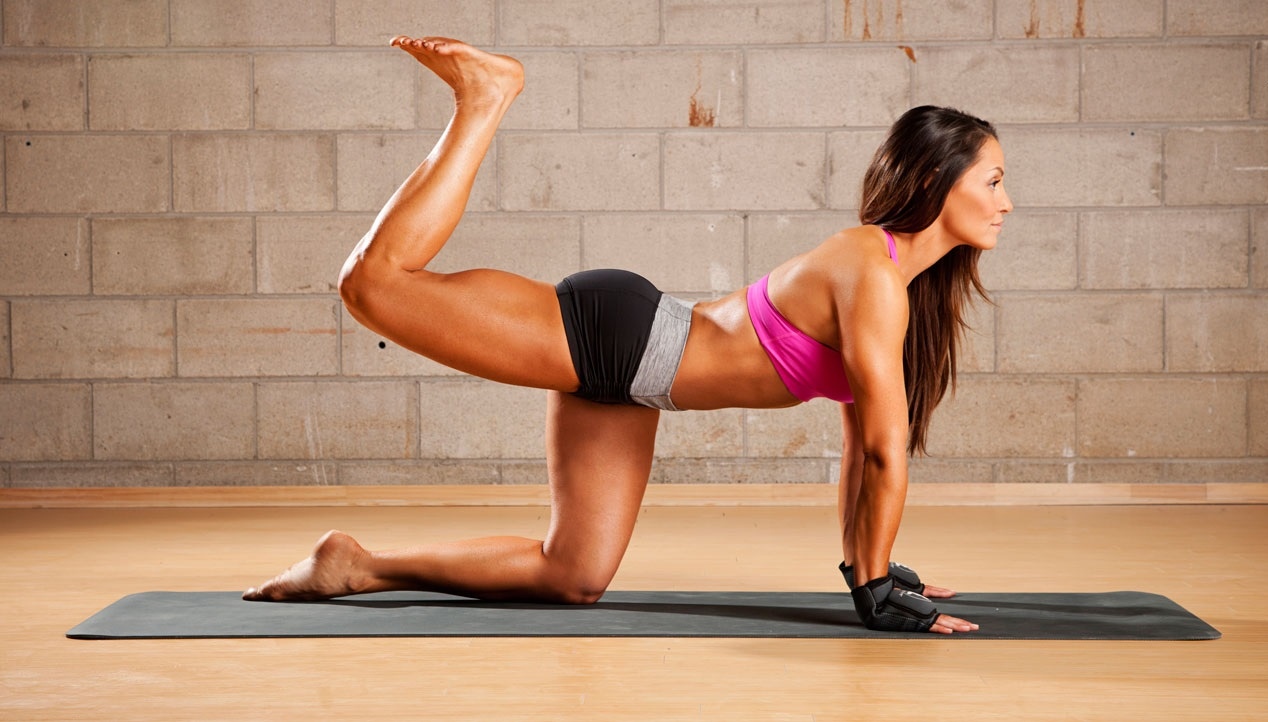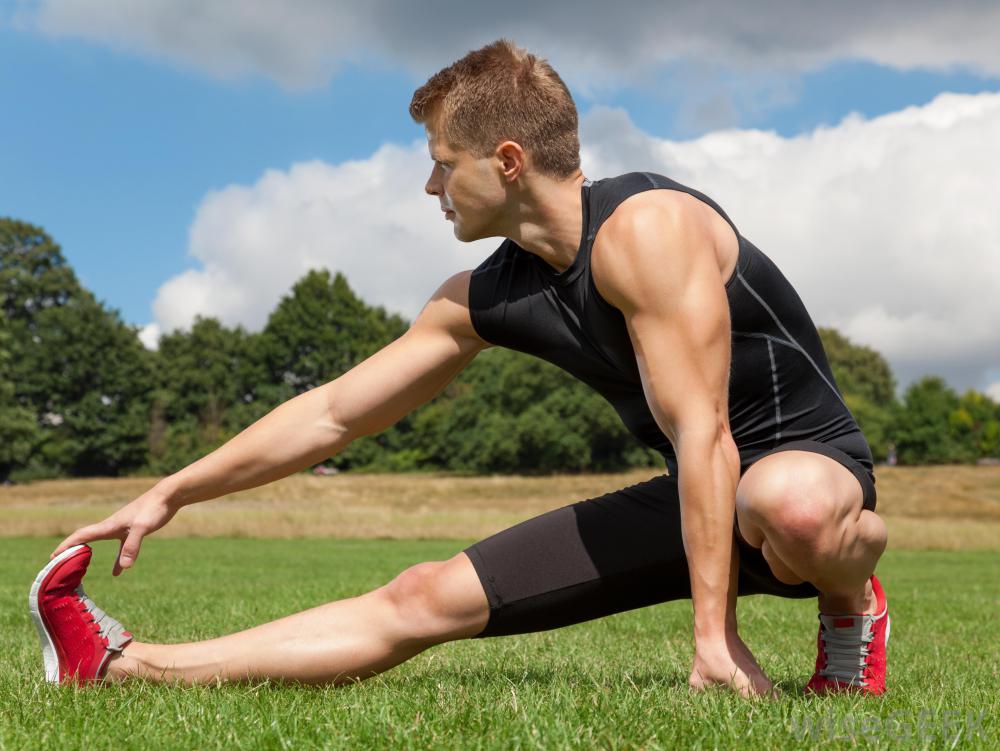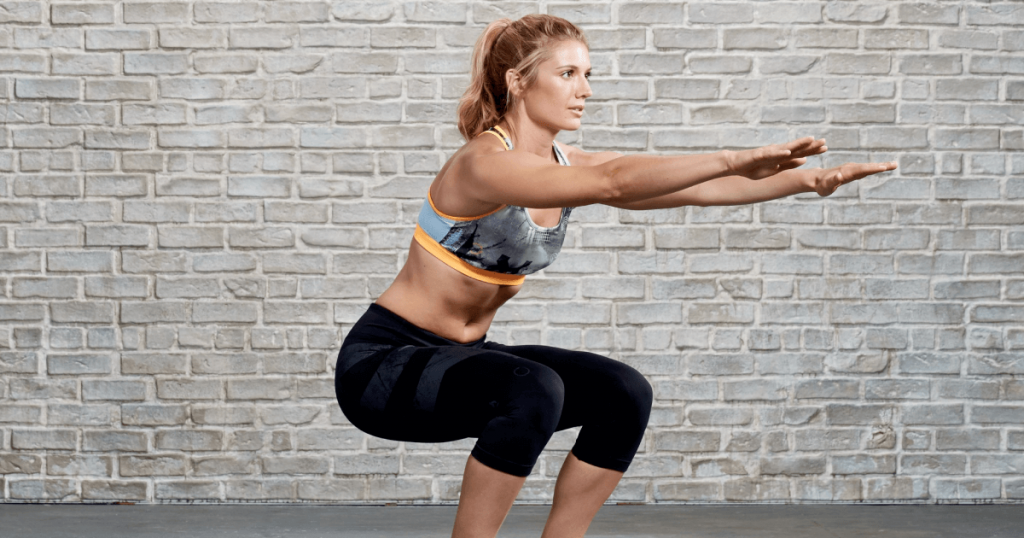A sedentary lifestyle can negatively affect the condition of the leg muscles and provoke injury. As a preventive measure, simple exercises to strengthen the muscles of the legs are suitable. Such home gymnastics will not only make the muscles stronger, but also keep the body in good shape.
How is gymnastics useful and who will it help?
The leg muscles are one of the largest in the human body. If you lead a sedentary lifestyle, they will weaken and will not be able to withstand even the smallest stress. The same problem awaits after a knee or ankle injury. It is a mistake to think that the legs after them require complete rest and immobility.
Exercises to strengthen the muscles of the legs will restore tone to the body, increase the load and relieve pain caused by low activity. A sedentary lifestyle is the main indication for such gymnastics.
If you suffer from diseases such as atherosclerosis, varicose veins, diabetes or flat feet, light gymnastics will help. Of course, the load will have to be reduced, you cannot take additional weight. But with regular exercise, health will improve significantly.
You should not do gymnastics for back diseases: hernias and radiculitis. A high load on the legs is contraindicated in heart disease, hypertension and a high degree of varicose veins. If you have suffered joint injuries, then you will have to wait for a complete recovery, and then gradually load your legs, starting with a light warm-up. These exercises should be recommended to you by the specialist who is treating your disease.
Proper planning of gymnastics
The beginning of the exercise must necessarily begin with warming up the whole body. Even if the main load falls on the muscles of the legs, the whole body should be stretched before strengthening exercises , because there will be many joints to move during gymnastics.
- Warm up your neck first. To do this, perform slow and smooth head bends forward, backward and to the sides.
- Then warm up the shoulders: raise and lower your shoulders vertically several times, then perform circular movements back and forth.
- To warm up the arms, slowly rotate in the elbow and wrist joints, first in one direction, then in the other.
- Stand on your toes and raise your arms above your head. Then lower yourself to a full foot and spread your arms out to the sides as wide as you can. Repeat several times. This will warm up your chest and back muscles.
- Perform several shallow bends forward and to the sides.
- Rise on your toes several times, then rotate your knee and foot first clockwise, then counterclockwise. After that, stand against the wall and gently swing your leg forward and backward several times.
Exercise must be completed with light stretching. This will be helped by stretching up on toes with raised arms, bending forward while lying down and alternately pulling the knees to the chest.

Exercise for the legs in the acute stage
During the recovery period after injuries or with an exacerbation of chronic diseases, you will have to perform exercises with minimal stress, be sure to consult with your doctor.
- Sit on a chair, straighten your leg parallel to the floor, hold for 2-4 seconds. Repeat 10 times, then change legs.
- Place your palms on the wall. Put one leg back, keeping it in a straight position, and bend the one closest to the wall and transfer all the weight to it. Hold the position for 15–20 seconds, then switch legs.
- Lie flat on your left side, lift your straight right leg as high as you can. Do 20-25 reps, then change legs.
- Lie on your stomach. Then lift your leg without bending it at the knee, hold for 3-5 seconds. Repeat 10 times, then change legs.
- Lifting small objects off the floor with your toes has a good effect. Perform for one to one and a half minutes for each leg.
Exercises for legs in remission
If gymnastics is needed only as compensation for a sedentary lifestyle, you can turn to full-fledged sports exercises for the muscles of the legs . The complex for the period of exacerbation is suitable as a continuation of the warm-up. The main task is to carefully monitor the technique and not try to increase the load if the body is not yet ready for it.
- Perform 15–20 squats: in the process, you need to make sure that your knees do not go down inward and do not go out in front of your feet.
- Sitting on a chair, place one leg over the other. Then lift the second leg to the maximum height, you can linger at the top point. Repeat 10 times, then change legs.
- Raise your leg (you can lean on a wall or a chair): forward, backward, sideways 15 times, then change your leg.
- Do a couple of circles around the room, walking on your toes, then bounce on your heels for 30 seconds.
- You can complete the complex by jogging on the spot for 2-3 minutes.
Can sports help?
If you’re not a fan of home activities, moderate exercise is a great option. Scandinavian walking, swimming and yoga will help. If you feel well, you can start jogging, cycling and skating, and also pay attention to outdoor games: football, volleyball, basketball.
The main thing to remember is that you do not need to overdo it when playing sports for health, since heavy loads will certainly lead an unprepared body to injury. Physical activity will have a beneficial effect on your entire body, and after a while, you will probably be able to get closer to more serious results. Or perhaps you will go from home five-minute gymnastics to a healthy sports lifestyle. One way or another, even a light set of exercises will improve your well-being and will be the first step towards recovery from illness.


